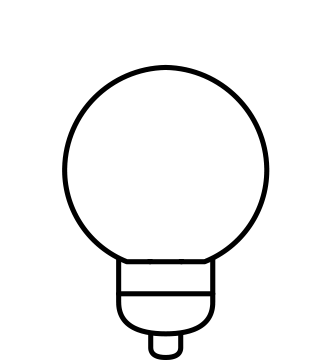/f/113144/1900x350/cda6247743/slv_de-de_slv_good-light_stage_1900x350px_stainless-steel.jpg)
Whether used as cutlery, clock or banister: Stainless steel can be found in many areas of the household – inside and outside. While the material indoors is "only" exposed to dust and possible moisture in the kitchen and bathroom, outdoor lights have to withstand wind and weather.
As the material is timeless and trendy, it is not only universally applicable, but also fits in with almost every furnishing style. It fits seamlessly into both English gardens and rock gardens. That's why stainless steel is the perfect solution for those who like to spend time in the garden or on the terrace and don't want to worry about running out of light in the evening. Because stainless steel can withstand a lot.
/f/113144/827x668/e4cd7fb614/all_slv_good-light-solutions_stainless-steel_water_827x668px.jpg)
Stainless steel 304
Stainless steel is considered the most versatile steel and is the most widely used. If stainless steel 304 is used as a frame or light unit, it will impress you with its high quality and long service life. Purely in terms of material, stainless steel 304 consists of 18% chrome and 8% nickel. This makes the material ideal for a variety of applications, such as light manufacture. This is because it offers great resistance to moderate acid attacks, such as acid rain.
While stainless steel 304 is considered a good corrosion resistant material, its "successor" stainless steel 316 is even more robust, more heat resistant and has better corrosion resistance. This is due to the nature of the material. This consists of 16% chromium and 10% nickel, but is additionally supplemented by 2% molybdenum, which is responsible for improved corrosion protection and also greater heat resistance. Stainless steel 316 is often used in environments with moderate chlorine and salt concentrations. Lights made of this material can therefore be installed without hesitation near a pool or pond. In general, stainless steel 316 is more resistant to heat and cold than stainless steel 304, which is why the material is mainly used in outdoor products.
Rules for long-lasting illumination
The outermost layer of the stainless steel light is called the passive layer. It protects the stainless steel and is also self-renewing. However, depending on the type of stainless steel, a certain amount of care is also required to ensure that the lights not only have a long life but also look particularly good.

/f/113144/315x276/c8d5d6ace6/slv_good-light-solutions_tipps_573x296px_salty-water.png)
/f/113144/315x276/c4504d1326/slv_good-light-solutions_tipps_573x296px_cleaning.png)

/f/113144/315x276/92ae017bee/slv_good-light-solutions_tipps_573x296px_timing.png)
No matter how you want to design the outside area: Stainless steel lights are durable and weatherproof and are also easy and quick to clean. Which type of stainless steel is ultimately used is subjective. The type of stainless steel should be selected taking into account environmental factors. So you do not have to worry about having enough light in your garden for a very long time.
 SLV SUBSIDIARIES
SLV SUBSIDIARIES













 SLV INTERNATIONAL
SLV INTERNATIONAL
/f/113144/585x287/d2133b0d7c/slv_good-light-solutions_product-presentation_585x287px_square-pole.jpg)
/f/113144/585x287/e4258f6545/slv_good-light-solutions_product-presentation_585x287px_trust.jpg)
